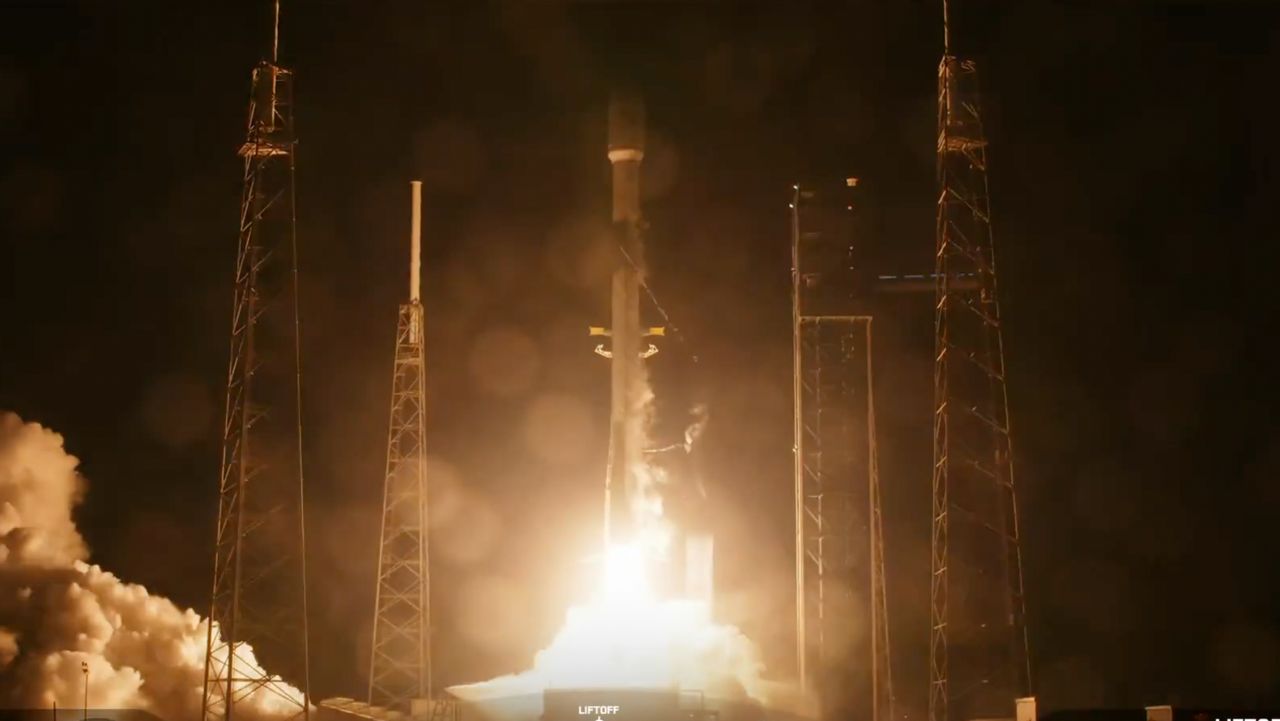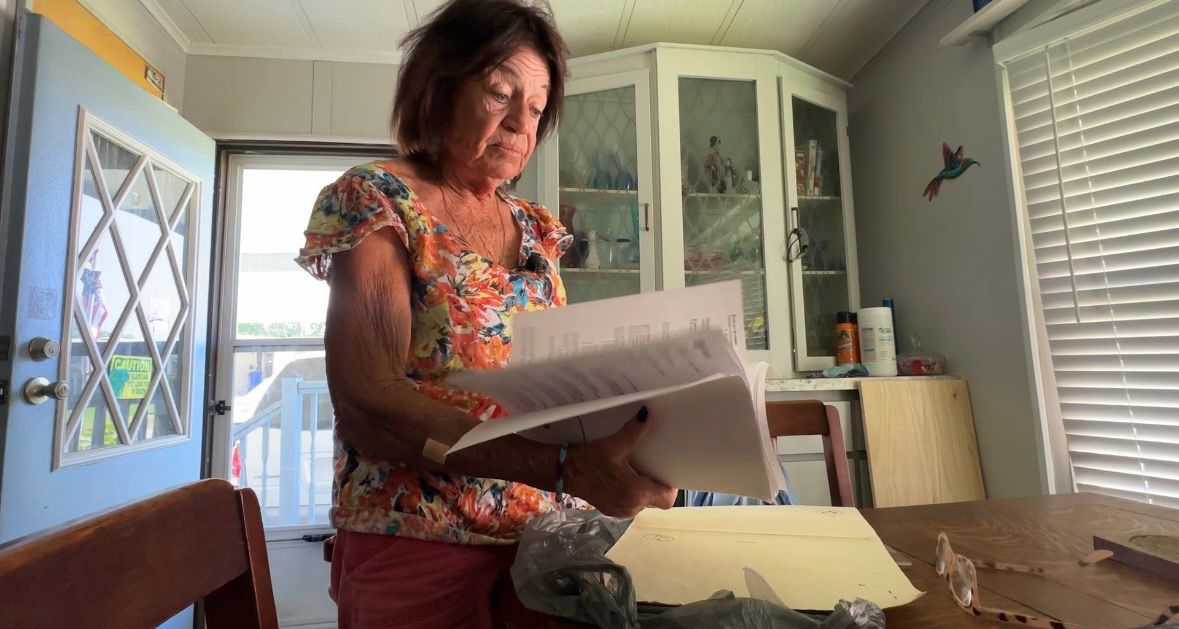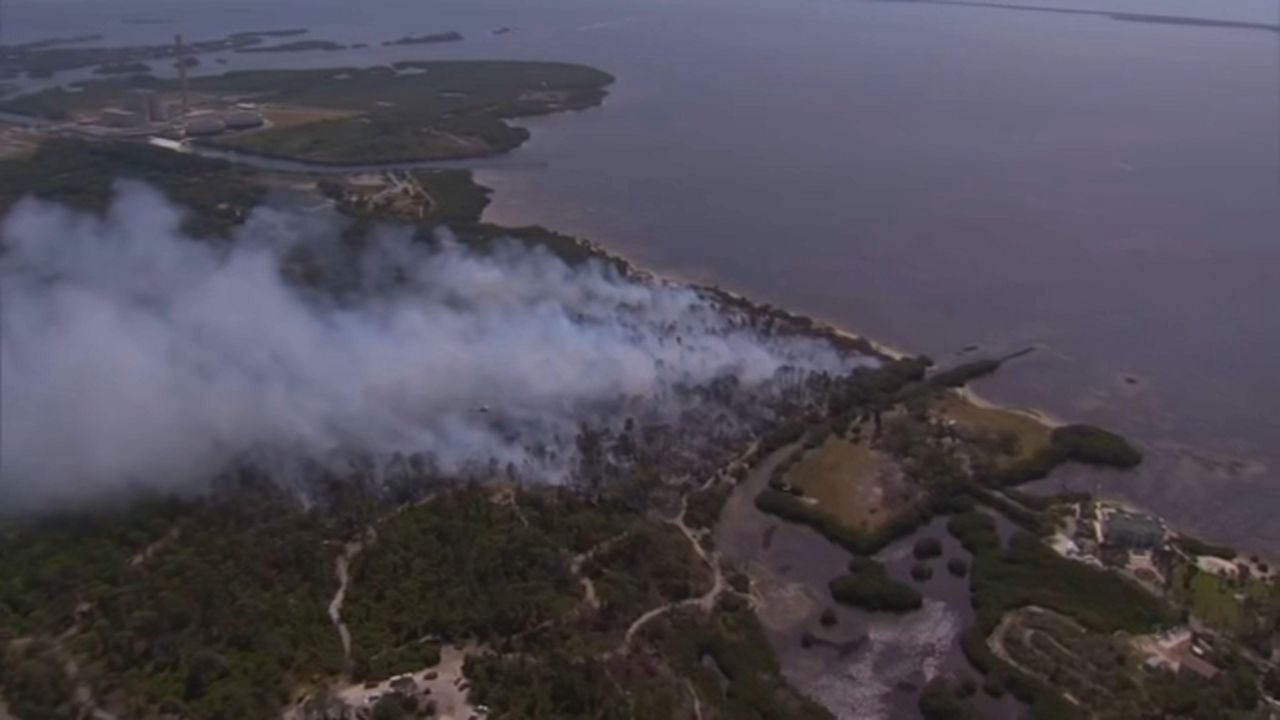ST. PETERSBURG, Fla. — During a news conference Tuesday, Gov. Ron DeSantis expanded the state of emergency for 61 counties ahead of tropical weather that is likely later this week.
The state of emergency now covers “every county in Florida outside Southeast Florida.”
The counties included are: Alachua, Baker, Bay, Bradford, Brevard, Calhoun, Charlotte, Citrus, Clay, Collier, Columbia, DeSoto, Dixie, Duval, Escambia, Flagler, Franklin, Gadsden, Gilchrist, Glades, Gulf, Hamilton, Hardee, Hendry, Hernando, Highlands, Hillsborough, Holmes, Jackson, Jefferson, Lafayette, Lake, Lee, Leon, Levy, Liberty, Madison, Manatee, Marion, Monroe, Nassau, Okaloosa, Okeechobee, Orange, Osceola, Pasco, Pinellas, Polk, Putnam, Santa Rosa, Sarasota, Seminole, St. Johns, Sumter, Suwannee, Taylor, Union, Volusia, Wakulla, Walton, and Washington.
A hurricane will likely track north and make landfall on Thursday somewhere between the Nature Coast and Panama City.
In terms of intensity, a category 2 or 3 would be its most likely maximum strength at landfall, according to our Spectrum News Weather Experts.
The governor's declaration authorizes him to make resources immediately available to rescue, evacuate, shelter and provide essential commodities.
It may also position the state to seek federal assistance because of the weather.
Sarasota and Sumter counties have issued a local state of emergency ahead of the storm.
Here's a look at impacts expected across the Tampa Bay and Central Florida areas.












